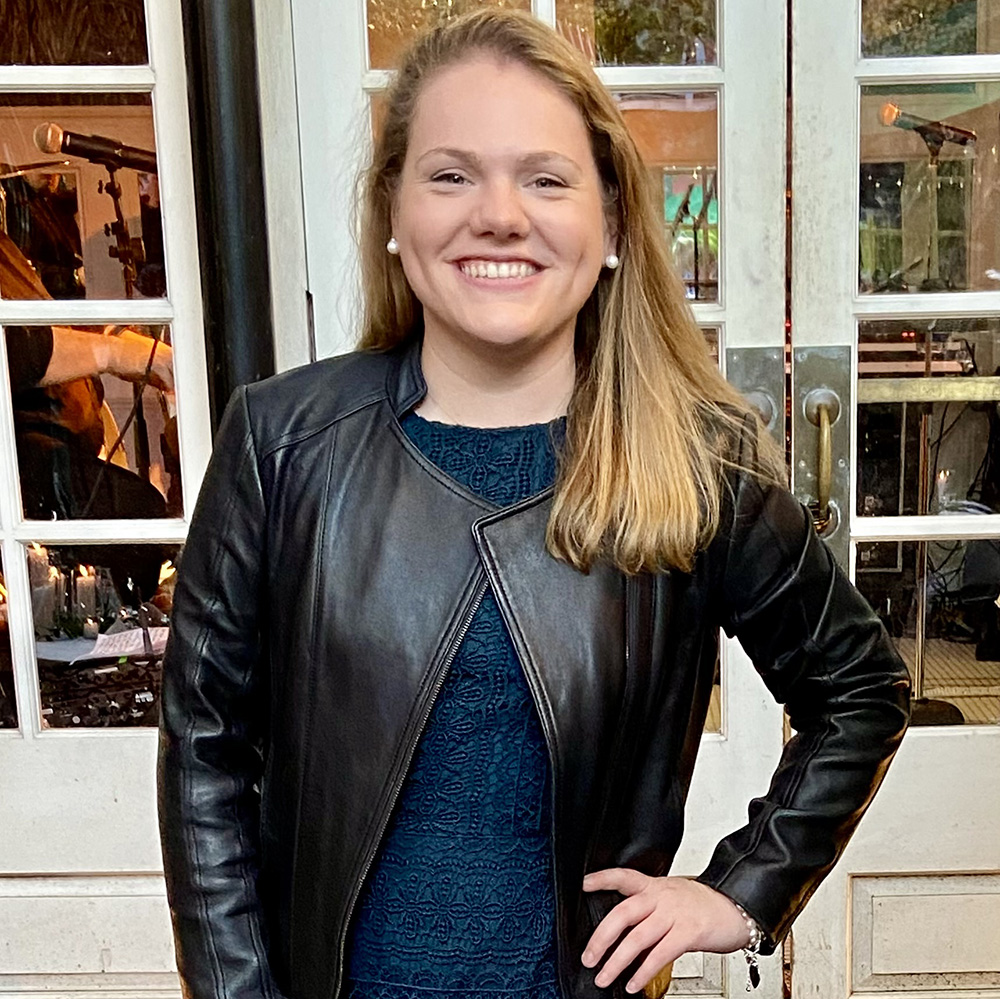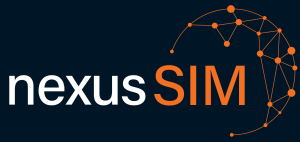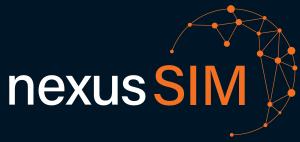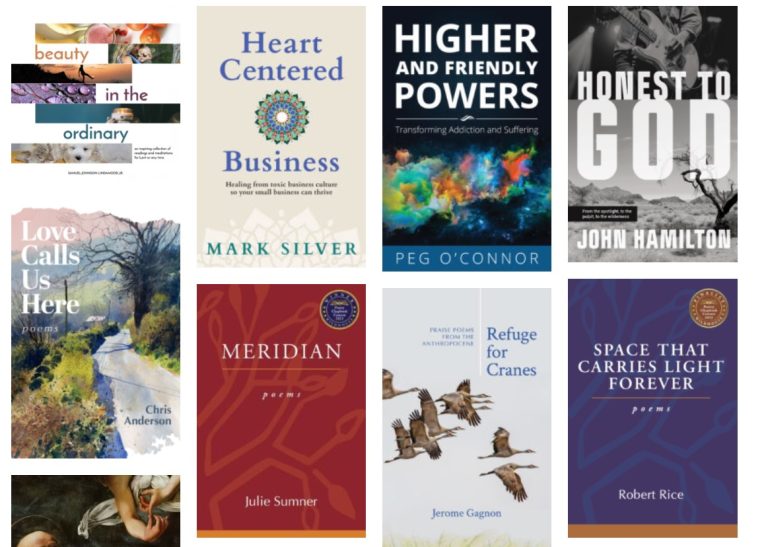We recently interviewed CMAC Postdoctoral Fellow Rachel Bacon and Research Assistant Abigail Wester about the LISDA project. In Part 2 of the interview, Rachel and Abigail describe the current workflow of the project. (In Part 1, Rachel described the history of the project.)

Can you say a bit about the current condition of the interviews that makes them difficult to interpret?
Rachel: Because the study began in 1984 and has continued since, the mode of recording shifted over time. Dr. [Ronald] Lawson received IRB approval from his college that did not require interviewees signing official documents prior, because he would not be recording them. That meant that he would be writing notes or taking the notes as he went along. He had a shorthand for himself so he could take notes very quickly. Because there were no laptops, he was handwriting them the first few trips. In the early 90s, he got some of the first laptops, so he was taking notes on early word processors. And you know that eventually became [Microsoft] Word.
So we have all of these interviews in various styles and formatting that are extremely daunting to try to synthesize without some level of standardization. The core issue is that the handwritten ones literally cannot be deciphered by anyone other than Ron, unless they have spent a considerable amount of time literally learning his handwriting and shorthand. And that is what [Research Assistant] Abigail [Wester] has done. And then, even for the files stored on the computer, we have to standardize some of the formatting, because you can open files in Word from WordPerfect and older software, but you lose some information. Also, when you have at least 1,000 files that are stored that way, you would have to manually open them to tell the computer that, “By the way, this is text, you can open it, please open it.”
So, we are dealing with trying to automate standardizing that stuff as much as possible. Because then, when you have everything in the same kind of file and the same general readable format where words are actually words, you could start mining them for themes and organizing them by topics or things of that nature. And, right now, we can only do that on a limited scale, and we’re primarily focused on identifying the most relevant interviews to use in given chapters so we can disseminate at least some preliminary findings.
Abigail: It’s been a very interesting journey. I guess it’s been almost a year now that we’ve been working on this. So that you can sort of envision what the process was like: I think I spent probably at least 2 full months just studying his handwriting. What I would get to practice studying was an original transcription with his handwritten notes, then I would get a transcription that he himself did on those, and I would go back and forth between the text and the handwriting. It was like learning a brand-new language in every way. Thankfully, I have a lot of experience with that. But you know you can learn a language, and it doesn’t make learning a different language necessarily that much easier. It was definitely challenging.
I appreciate Rachel providing a synthesis of it, because what I’ve been facing has been largely still dealing with the handwriting and the handwritten interviews. It requires a tremendous amount of focus and a tremendous amount of narrow-mindedness just so you can focus on what’s in front of you. I hadn’t really thought about what was happening ten steps down the line. Once we have this information synthesized, it’s definitely rewarding for me to hear that I have been doing this and it’s creating something very useful.
But I do find myself continually being impressed just by the sheer volume of them, because I don’t know anyone who would have taken on that much work now. Nobody does this. I couldn’t even imagine any single person that I’ve ever met saying, “Yeah, I’m going to handwrite 1000 interviews.” That’s just outrageous. It’s just very impressive to see.
When Rachel and I started working on the study and I started studying the handwriting, then I moved on to studying and doing my own transcriptions with no help from him, Rachel would occasionally ask me, “Oh, are you seeing any themes?” And I would sort of huff and say, “I’m just trying to focus on getting the right words down. I’m not paying attention to what any of this means.” And just today I was starting to notice themes. So it’s taken quite some time. But when you spend that much time being married to so much information, eventually you do start to pick up patterns, which has been a very cool thing to kind of uncover, as this process has continued.
Do you have anything else you want to say about the current workflow and what’s going on with that right now?
Rachel: Yeah, there’s essentially a lot of simultaneous work going on where ideally, if we had unlimited time and resources, it would make sense to focus on preparing the interview database before writing up any findings . Since our donors are most invested in seeing the outcome of a book, and those findings are what excite future donors, we must prioritize transcribing and organizing interviews that are deemed most important for specific book chapters. This means we can have drafts of chapters even before we have a complete database of the interviews. Essentially, we have these different teams where some are focused on writing. The writers are mostly volunteers and me.
We do have some grad students, at least this summer, and perhaps beyond, assisting with some of the writing and editing, and we have the management of the interviews themselves, which is broken into the pieces of dealing with the different problems that I talked about. We have transcription of the ones that need that. We also have simply creating a list of all the interviews that we know exist or should exist and getting rid of duplicates and assigning actual, unique IDs to them. That is a process. And, of course, trying to standardize as much as possible, which is the file type problem, but also doing our best to extend the shorthand [Dr. Lawson] typed in. We have a running list of his shorthand that we can write a code with. And that list just keeps growing as we find more shorthand terms. So that’s another aspect of it.
Those are all happening simultaneously and will eventually converge and have a clean run through. And then we have the administrative bits of finding publishers, finding more money, talking to people to make sure that we can garner interest in what feels like an old project. But there’s still so much information that can be learned that is applicable to now. So, we’re preserving all of that.
Other than the fact that you, Rachel, have been here at CMAC, what would you say is the connection between LISDA and CMAC’s broader mission? How does it fit in with that?
Rachel: CMAC is a unique institution that draws in unique collaborations to tackle complex problems using old and new tools, and LISDA also happens to be about religion, which is also very popular topic for CMAC projects. In a weird way it is a good fit, even though it isn’t necessarily the kind of project we’ve had here before. But it does require interdisciplinary attention. It requires exploring new tools like AI and mass codings and other kinds of newer tools out there to manage the volume of information. So we’re in a good spot.
And I think it aligns with Just Horizons as well. That we are telling an alternative perspective of a religious group where there’s a significant portion of adherents, either those who are still members or who no longer formally attend, who still identify with it but probably don’t feel like their voices have been heard. So that is also, I think, a part.
To be continued…



